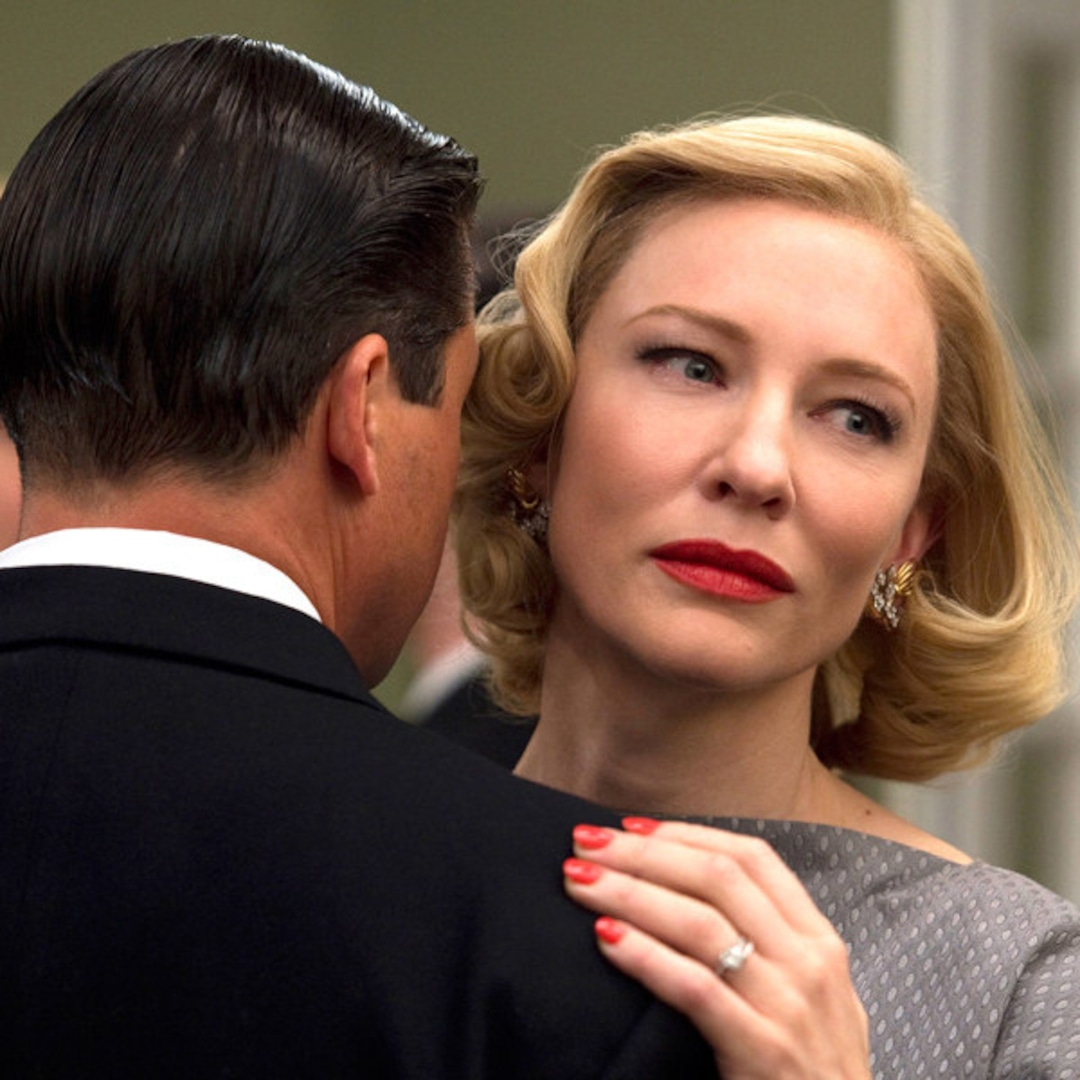Carol, Brokeback Mountain and Call Me By Your Name are just three of the blockbuster films that would’ve been impossible to make even less than a century ago.
From 1934 to 1968, the Motion Picture Producers and Distributors of America implemented the Motion Picture Production Code, a.k.a. the Hays Code, which regulated what was considered morally appropriate to show moviegoers. This impacted whether women could be topless, the use of vulgar language and even the depiction of men and women sleeping in the same bed.
But the most harmful policy was the outright refusal to depict same-sex relationships. So, until the early ’70s, the LGBTQ+ community was largely unrepresented in films across America.
Some filmmakers, like Rebel Without a Cause director Nicholas Ray, who was rumored to be bisexual, skirted the Code by leaving subtle hints about the characters’ sexual identities.
It wasn’t until movies like Dog Day Afternoon (1975) and The Rocky Horror Picture Show (1975) came out that the LGBTQ+ community could finally see themselves represented on the big screen.
